Back to Courses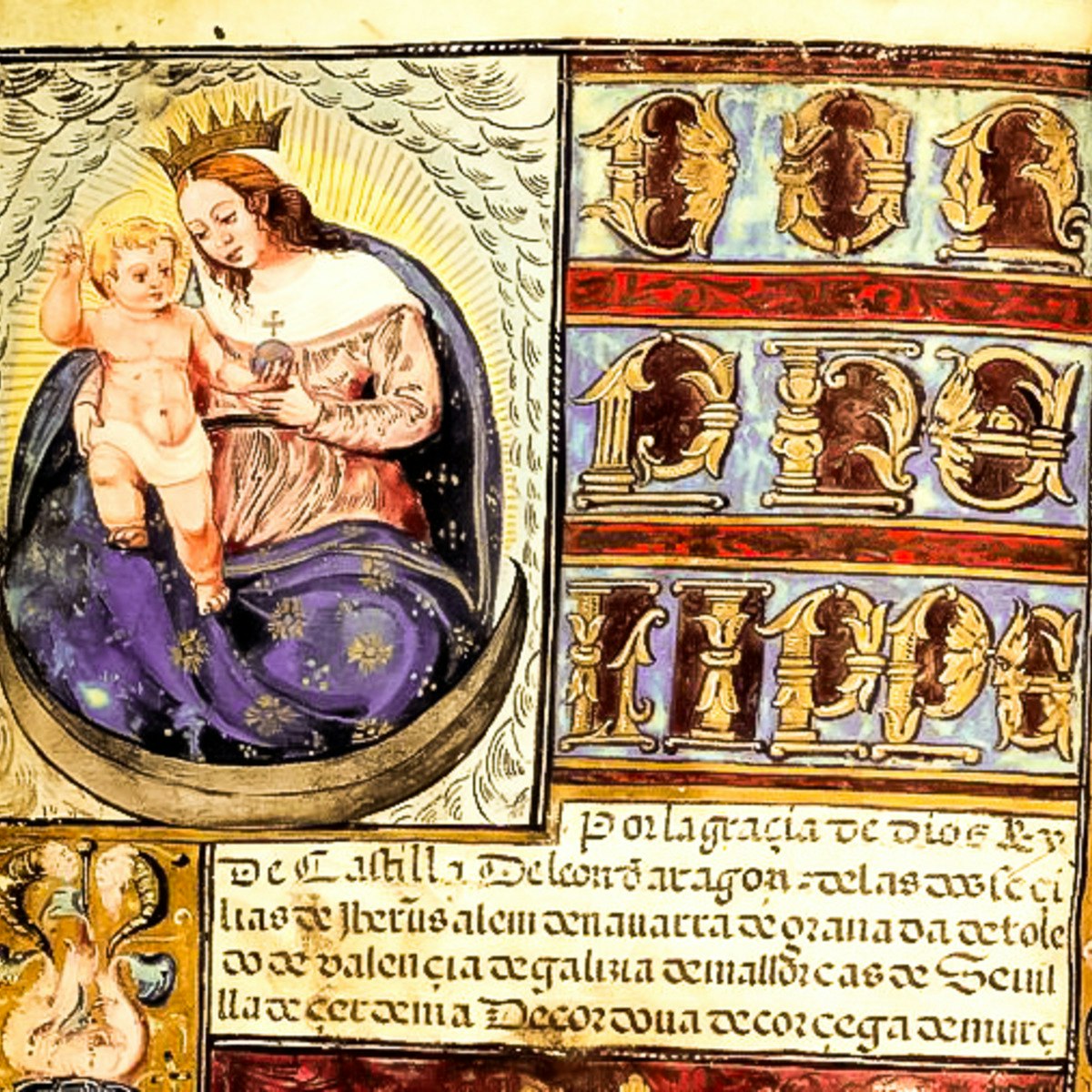

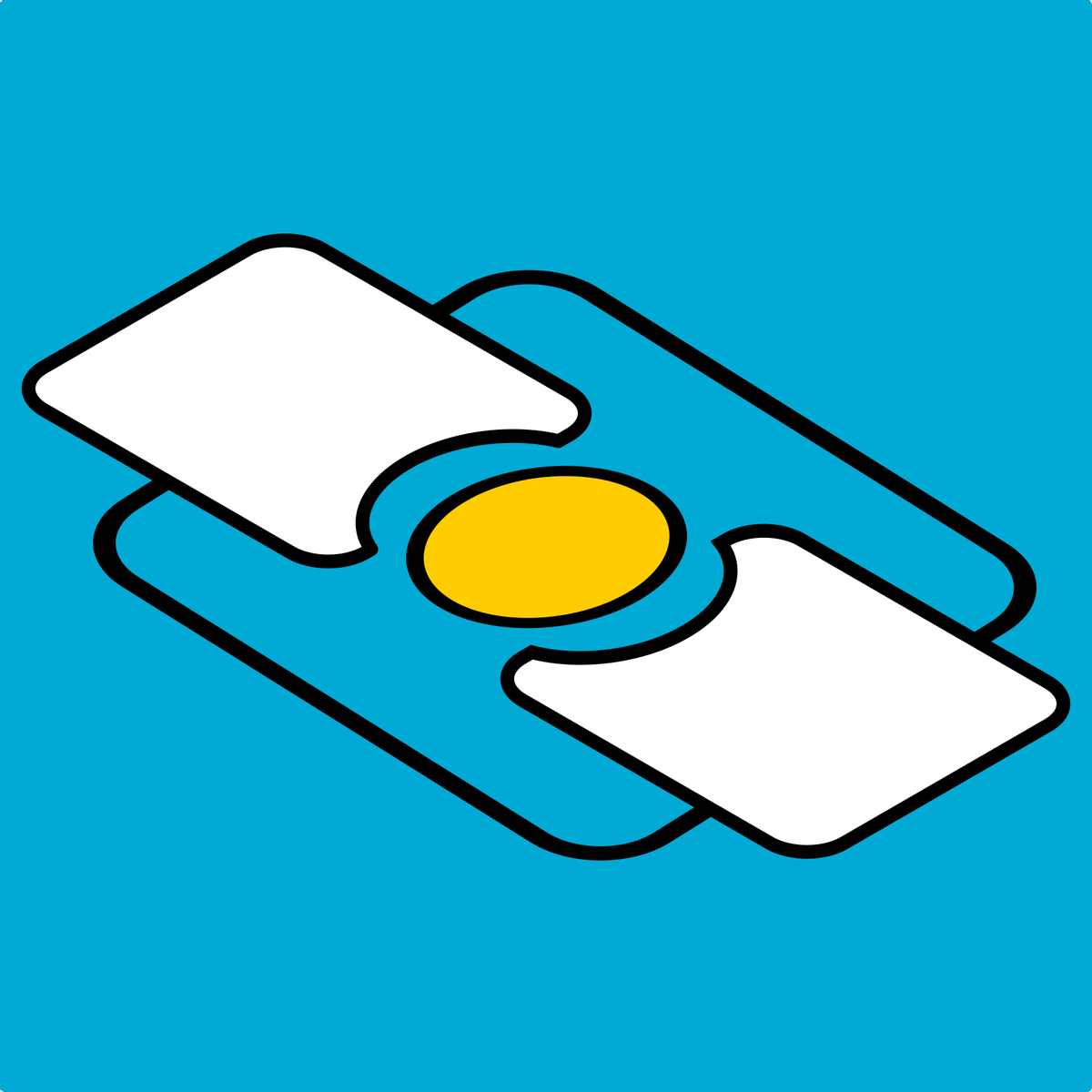
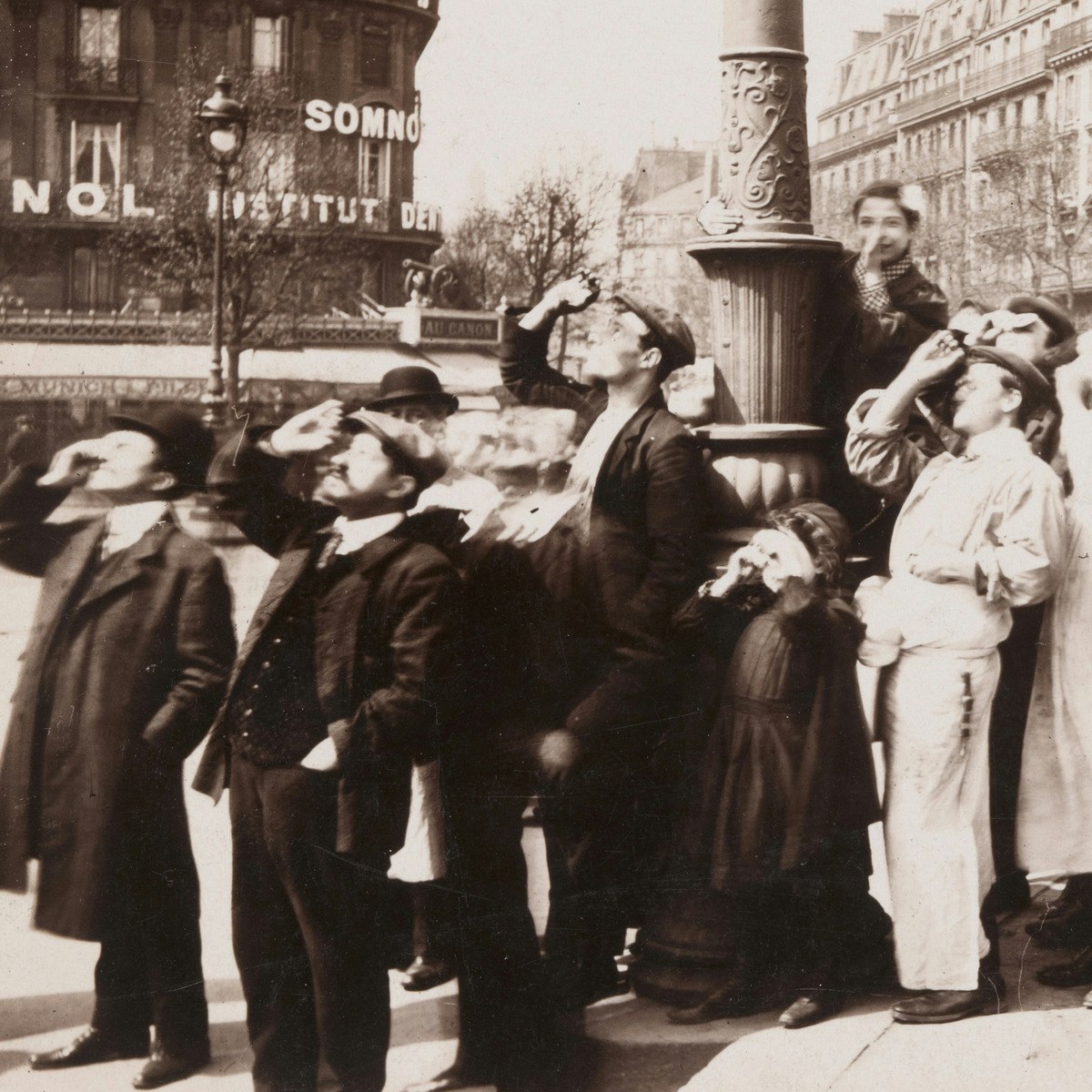
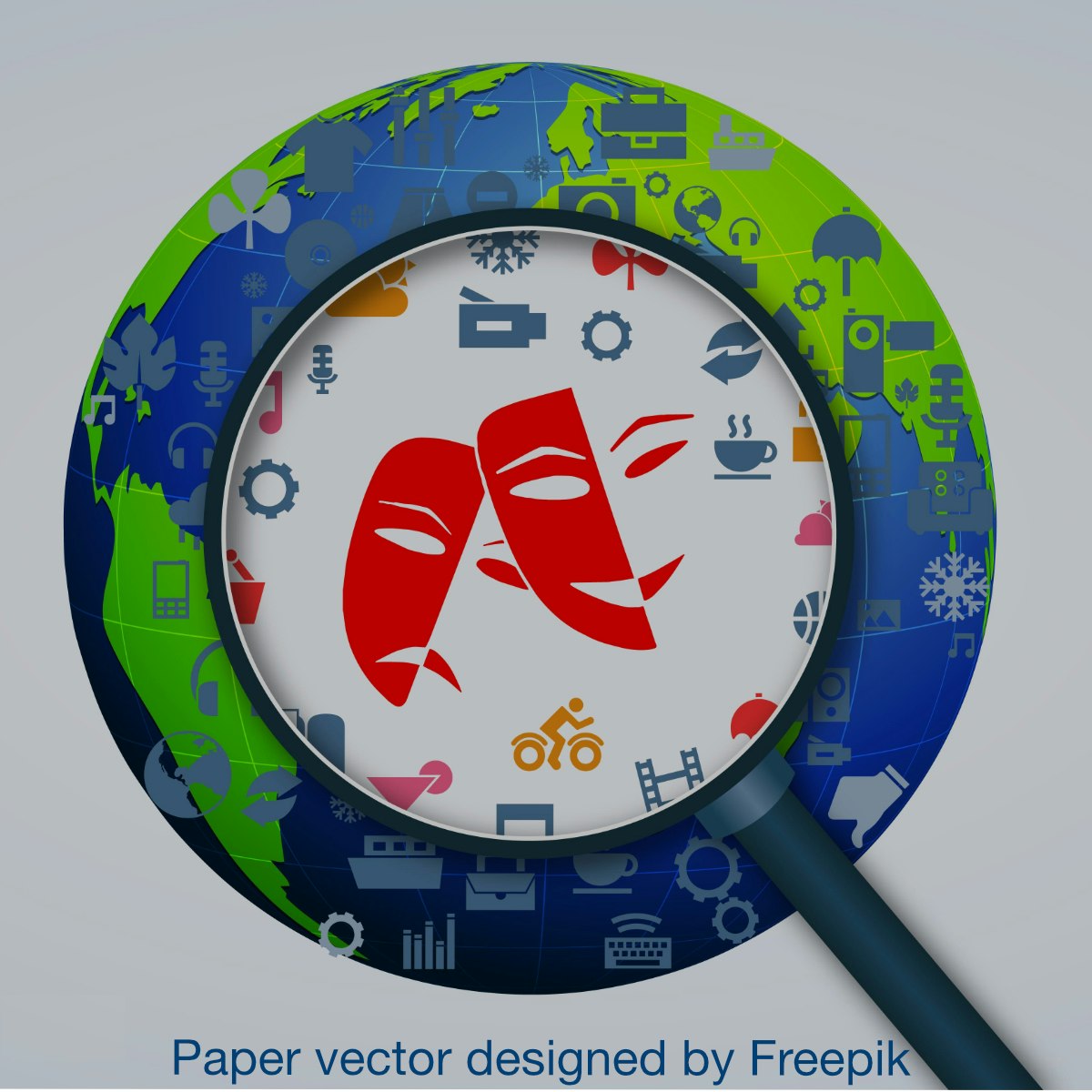

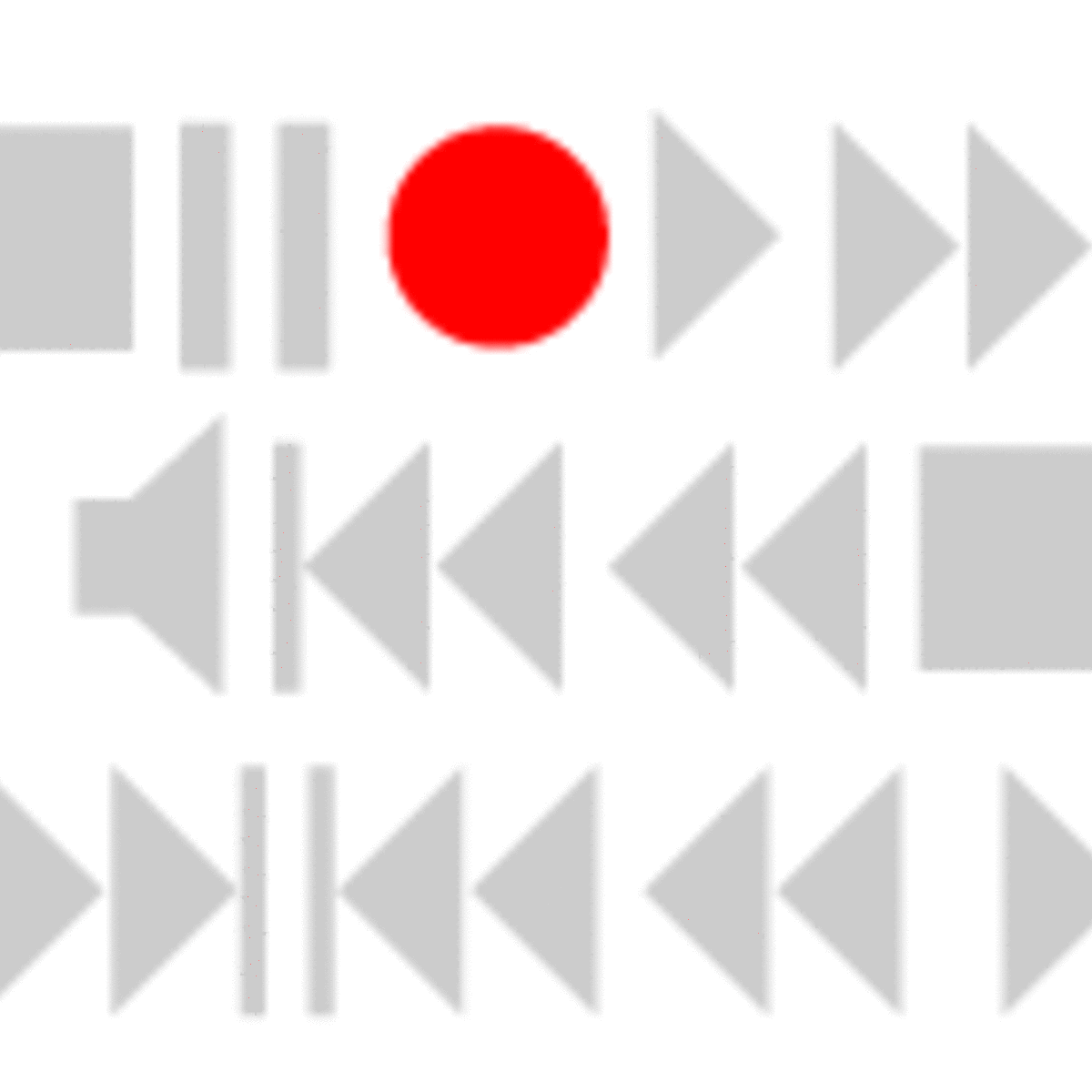
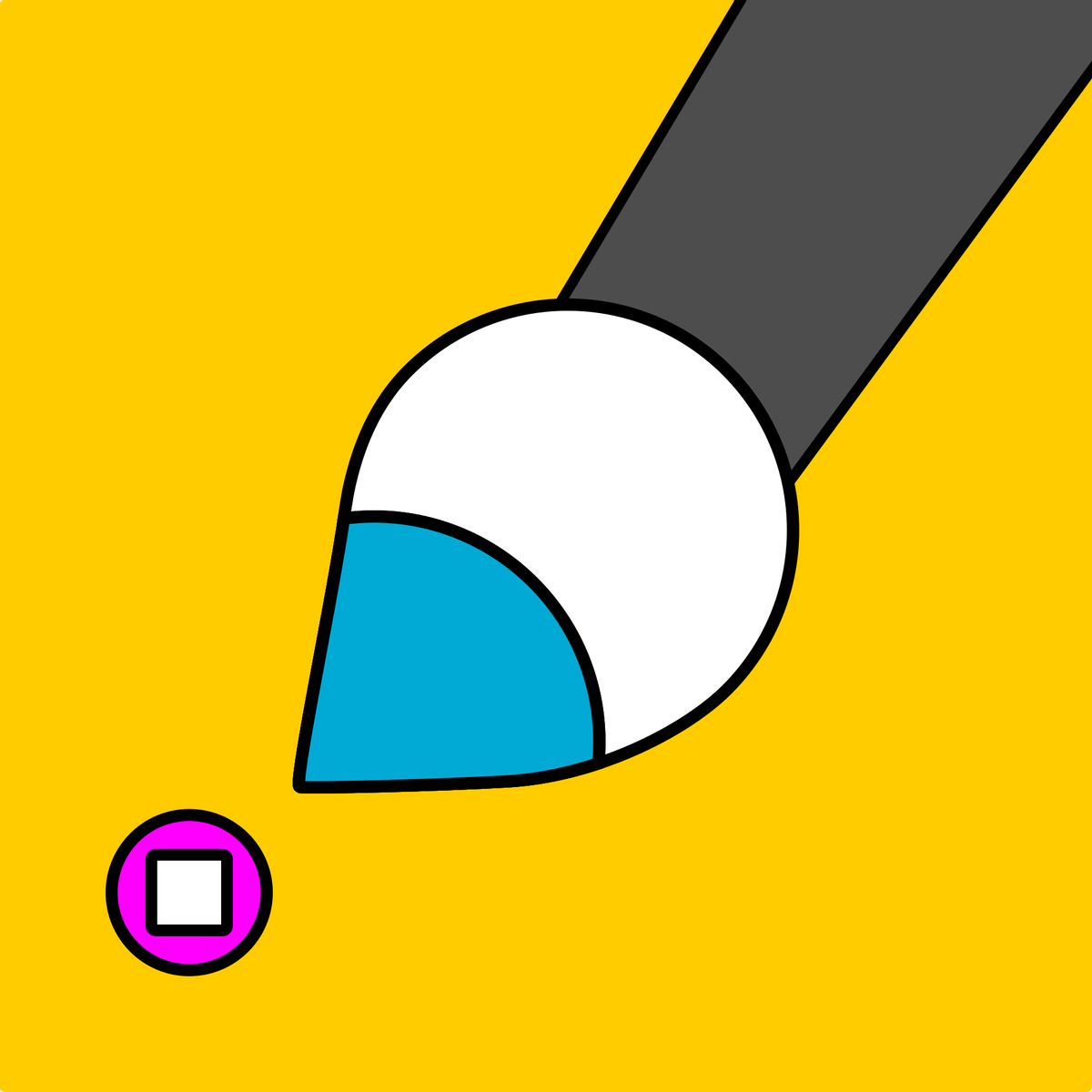
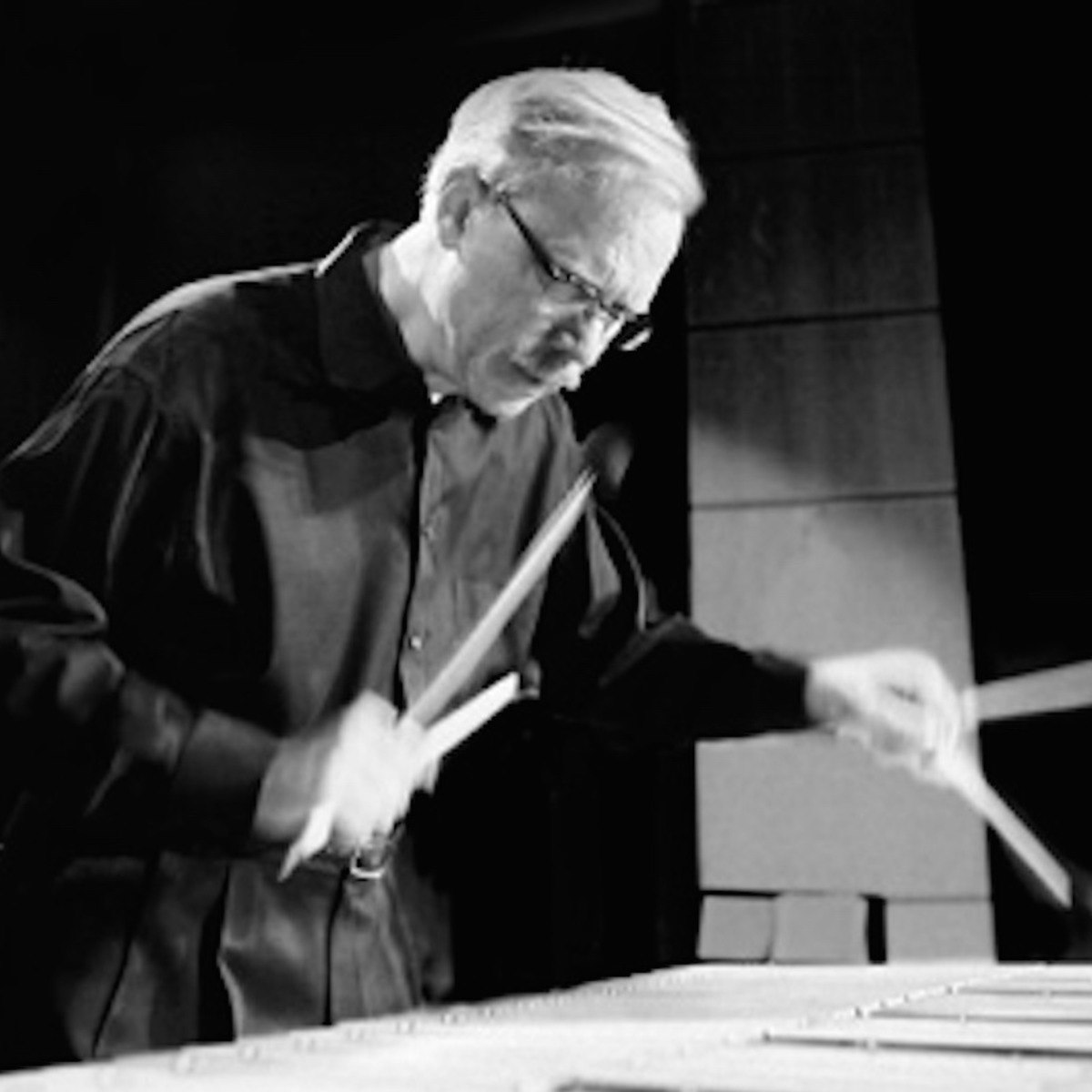
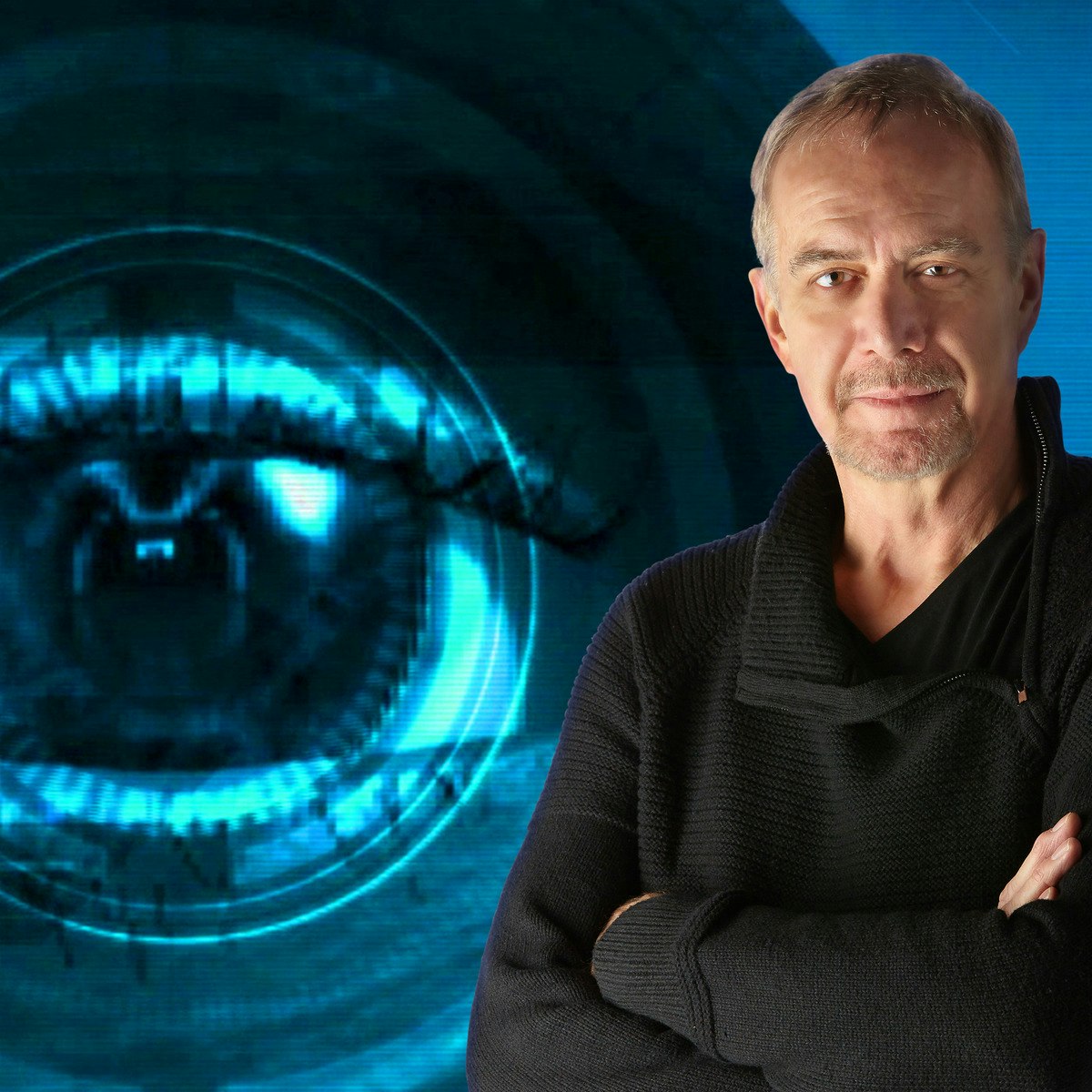
Music And Art Courses - Page 21
Showing results 201-210 of 257

Deciphering Secrets: The Illuminated Manuscripts of Medieval Europe
Perhaps no other relic of the European Middle Ages captures our imagination more than illuminated medieval manuscripts, or those documents decorated with images and colored pigments. Serving as windows unto a lost world of kings, ladies, faith, war, and culture, they communicate complex visual and textual narratives of Europe’s collective cultural heritage and patrimony. In this fashion, illuminated manuscripts are dynamic messages from our communal past that are still relevant today in fields like graphic design and typography.
In this seven-week course, students will explore the material creation, content, and historical context of illuminated medieval European manuscripts. Students will acquire an introductory knowledge of their distinguishing characteristics, their cataloguing and periodization (when they were created), the methods utilized to produce them, and their historical context and value.
Student achievement will be assessed using not only traditional multiple-choice quizzes, but more importantly will be evaluated based on individual student projects. In their final projects students will either (1) produce a board of commented images about medieval manuscripts or (2) prepare a physical manuscript using medieval methods. The best of these peer-evaluated projects will be posted on the Deciphering Secrets website, which is our collective citizen scholarship web presence that encourages and supports our global citizen scholars appreciation and contributions to transcription of medieval manuscripts.
Finally, we wish to highlight that this course is an exciting international collaboration between the University of Colorado (USA) and Universidad Complutense Madrid (Spain).

Music's Big Bang: The Genesis of Rock 'n' Roll
Explores the factors — musical and cultural — that led to the birth of American rock 'n' roll music in the early 1950s. Covers in detail the genres, styles and people that converged to create this new music.

How to Combine Multiple Images in Adobe Photoshop
By the end of this project, you’ll be able to combine multiple images into one, using Adobe Photoshop. Inside Photoshop, you can quickly import, move, and create customized composite images.
During this project, you’ll get used to navigating some important Photoshop tools and practice importing images. Then you’ll use layers, masks, and blend modes to turn multiple images into a single new composite. Once you’re finished creating your composite, you’ll learn how to export your work in one piece or automatically turn layers into separate files.
By the end of the project, you’ll be able to produce eye-catching composites in minutes.

Seeing Through Photographs
Taking, sharing, and viewing photographs has become second nature for many of us. Given our near-constant engagement with images this course will help you dig into the meaning of pictures and reconsider photography’s role in our visual culture. This course aims to address the gap between seeing and truly understanding photographs by introducing a diversity of ideas, approaches, and technologies that inform their making.
In this course you will look closely at 100 photographs from the collection of The Museum of Modern Art, going behind the scenes of the Museum and into artist studios through original films and audio interviews. You will hear a variety of perspectives on the ways photography has been used throughout its 180-year history: as a means of artistic expression, a tool for science and exploration, an instrument of documentation, a way to tell stories and record histories, and a mode of communication and critique. Short texts and readings from MoMA publications provide enhanced context for the works in the course.
By enrolling in this course, you’ll join a community of international learners in discussion forums, receive invitations to live and virtual events from our lead instructor Sarah Meister, and gain exclusive access to MoMA resources.
UPDATE:
We’ve been listening to your feedback! In September 2020, we launched new content in Seeing Through Photographs, including audio interviews with additional contemporary artists from around the world, videos of Sarah introducing key ideas, and almost doubling the number of photographs from the collection. We’ve also added opportunities for you to share and receive feedback on your photographs in the discussion forums.

Theatre and Globalization
Learn how theatre and globalization have affected each other over the past century, and how to conduct your own research on global theatre histories.

How to Trace Objects in Adobe Illustrator
Adobe Illustrator’s image trace function is a quick and easy way to convert your regular images, photos, and drawings into images that can change in size without losing quality. Whether you’re designing a new logo for your business or you’re a graphic design artist converting images for the web, the image trace tool is an excellent way to take your graphics’ quality to the next level.
This project is great for newcomers to Adobe Illustrator - individuals with basic familiarity with Adobe Creative Suite and a general understanding of image file formats (jpg, png). Learners with a desire for deeper understanding in digital imaging and web graphics will benefit most from this course.
Following along in this guided project, we will use practical application to identify a raster image, convert it to a vector graphic, and design it using the image trace functions in Adobe Illustrator. By the end of this project, you will learn how to use image tracing to transform your own raster images into high-quality, scalable images.

The Importance and Power of Music in our Society
Music plays an important role in our daily lives and is woven into the fabric of society. We listen to music while alone or in company, in a dance club or at home, through simple headphones or via high-end speakers, as background or as foreground, after we get up or before we go to bed. Music accompanies us when we are traveling, doing sports, shopping, working or relaxing. This omnipresence of music raises several questions: how does music affect our lives? What is the relation between the society we live in and the role, function, and position of music within that society? How is music influenced by and does music influence social, political, economic, technological, and multiple other developments?
Do these questions trigger you? Music and Society provides a thorough introduction to the various ways in which music and society are connected through engaging lectures, insightful interviews, challenging assignments, interesting readings, and of course a lot of musical examples. The course aims at increasing your insights on where, how and why we listen to music, how music contributes to shaping our identity, how music forms, expresses, and subverts political ideas, and how music affects our norms and values.

How to Use Brushes in Adobe Illustrator
By the end of this project, you’ll be comfortable using, controlling, and creating brushes in Adobe Illustrator. During this project, you’ll use Illustrator’s brush tool and brush panel to trace objects, style text, and apply patterns. By the end of the project, you’ll use those brush tools to create a digital advertisement.

Jazz Improvisation
Learn the basic concepts of improvisation from Gary Burton, one of the most renowned improvisers in the jazz world, including the mental, melodic, and harmonic processes that contribute to the instinctive skills that an improviser puts to use when taking a solo.
While many people are fans of jazz and understand that musicians are often “making up” the notes they are playing during a performance, most people—often including musicians, themselves, who are beginning to learn improvising—aren’t clear about what exact processes take place to enable this to happen. The purpose of this course is to introduce the basic concepts of modern improvisation and how to go about mastering the different musical and mental skills involved.
Course author Gary Burton codifies a sought-after approach to improvisation that has been at the core of Berklee College of Music's curriculum for decades. Students who complete this course will know what to practice and how to practice the various aspects of improvising, in addition to understanding how the improviser spontaneously communicates to the listeners through their musical creations.

Script Writing: Write a Pilot Episode for a TV or Web Series (Project-Centered Course)
What you’ll achieve:
In this project-centered course*, you will design a series bible and write a complete pilot episode for your own unique television or web series, be it drama or comedy or something in between. You’ll learn to break down the creative process into components, and you’ll discover a structured process that allows you to produce a polished and pitch-ready script in just a few weeks. Completing this project will increase your confidence in your ideas and abilities, and you’ll feel prepared to pitch your first script and get started on your next.
Here is a link to a trailer for the course. To view the trailer, please copy and paste the link into your browser.
https://vimeo.com/423035246/6b3c18c4c5
This is a course designed to tap into your creativity and is based in "Active Learning". Most of the actual learning takes place within your own activities - that is, writing! You will learn by doing.
"Thank you so much for your direct way of teaching this course. It was encouraging for us all to creatively flow and find our own voice in writing and developing our scripts. This aspect was very important to me." Ingrid
The course curriculum is simple: you’ll write, revise your work, and share feedback with your peers.
I am a proponent of Experiential Learning (active learning). My lectures are short (sometimes just two minutes long) and to the point, designed in a step-by-step process essential to your success as a script writer. I will guide you but I won’t "show" you how to write. I firmly believe that the only way to become a writer is to write, write, write.
“David's lecture style for this course is inspired. The videos are succinct and engaging. When I watch the lectures I feel David’s sincere desire for me to create something truly amazing. He is teaching us how to write a script, and he is providing wisdom and tools that will help us do so in a compelling way - by writing; not by watching him talk at us.” - A R Adamson
What you’ll need to get started:
To begin with, any basic word processor will do. During week two, you can choose to download some free scriptwriting software such as Celtx or Trelby or you may choose to purchase Final Draft, or you can continue to use your word processor and do your own script formatting.
Learner Review: "I am in love with this course. Having never written a script before, or any substantive fiction since college (15 years ago) I had a small idea in my head that has now exploded into something I really believe in. David's guidance is spot on, he's his own compelling story teller, he gives you enough, and then you have to figure it out, make it happen, WRITE! WRITE! WRITE! "
If you have any concerns regarding the protection of your original work, Coursera's privacy policy protects the learner's IP and you are indeed the sole owners of your work.
*About Project-Centered Courses: This is a ‘project-centered course’, which means it is designed specifically to help you complete a personally meaningful real-world project, with your instructor and a community of learners with similar goals providing guidance and suggestions along the way. By actively applying new concepts as you learn, you’ll master the course content more efficiently; you’ll also get a head start on using the skills you gain to make positive changes in your life and career. When you complete the course, you’ll have a finished project that you’ll be proud to use and share.
Time: 1-2 hours of study, 30+ hours of active project work
Popular Internships and Jobs by Categories
Find Jobs & Internships
Browse
© 2024 BoostGrad | All rights reserved